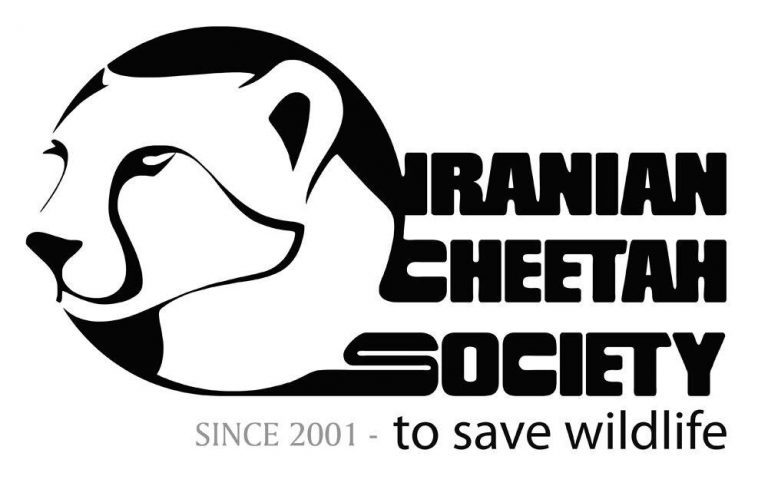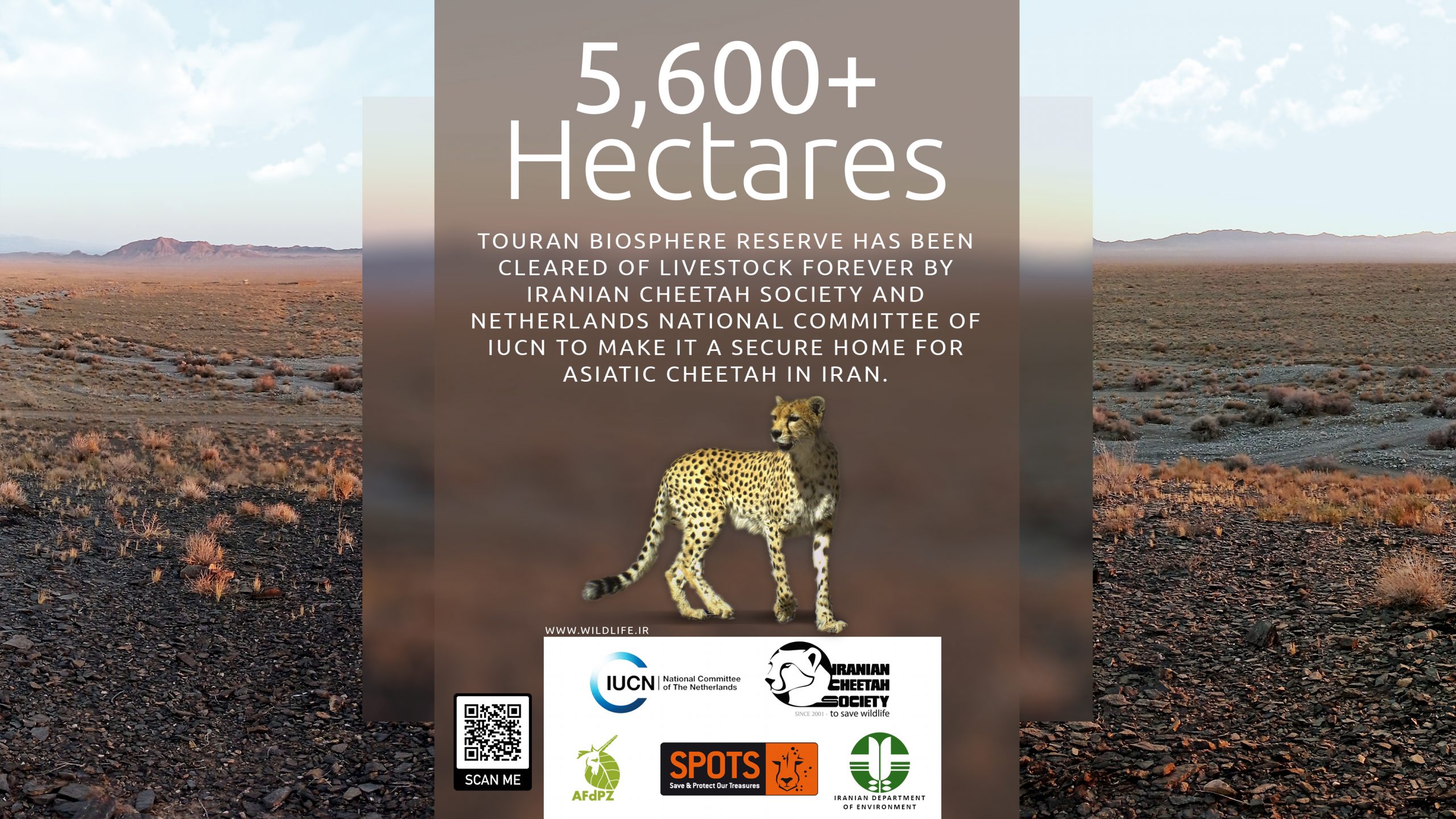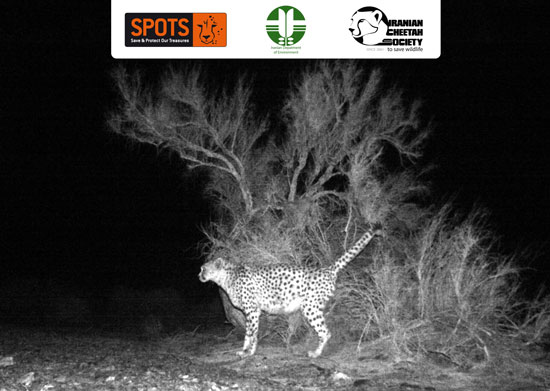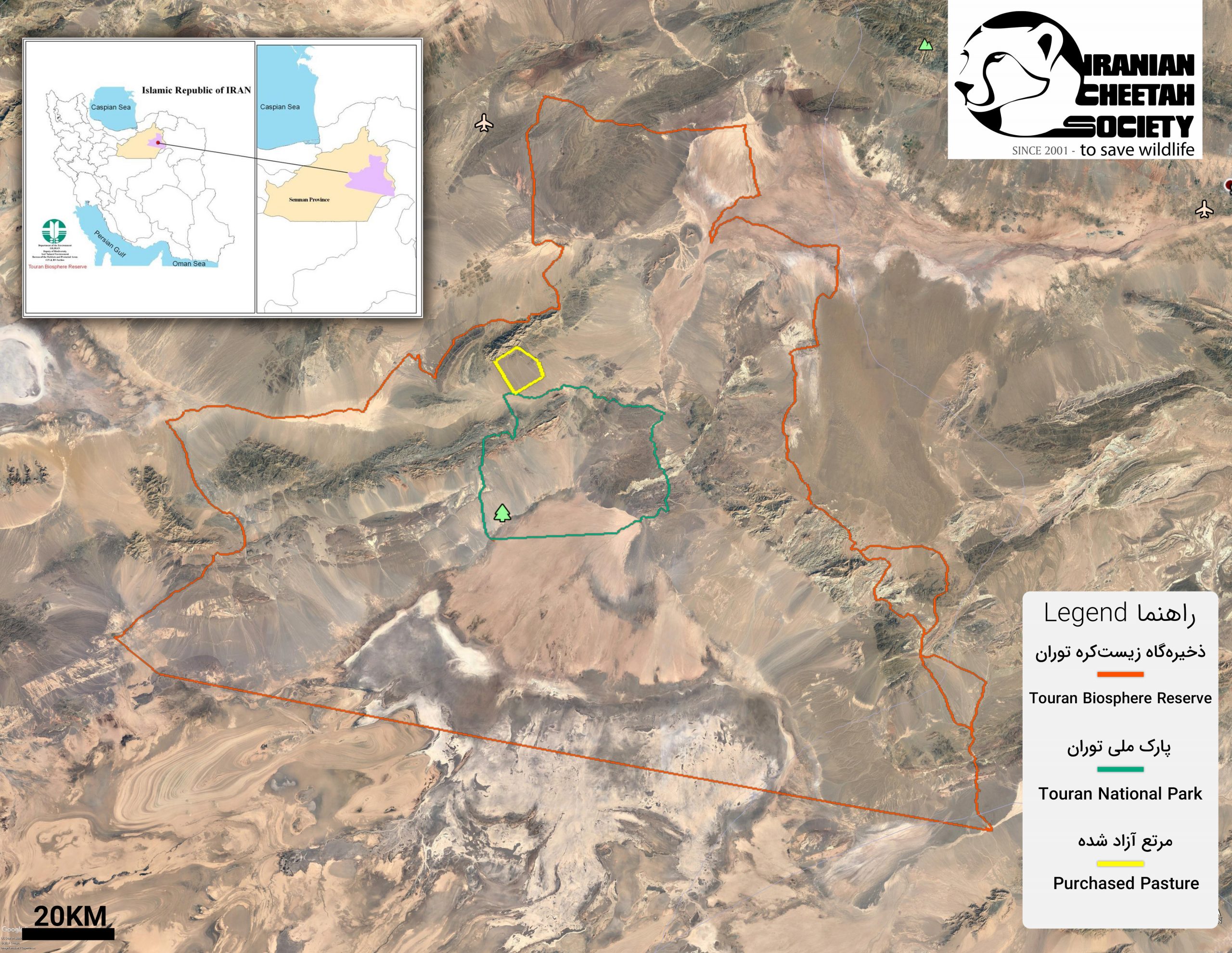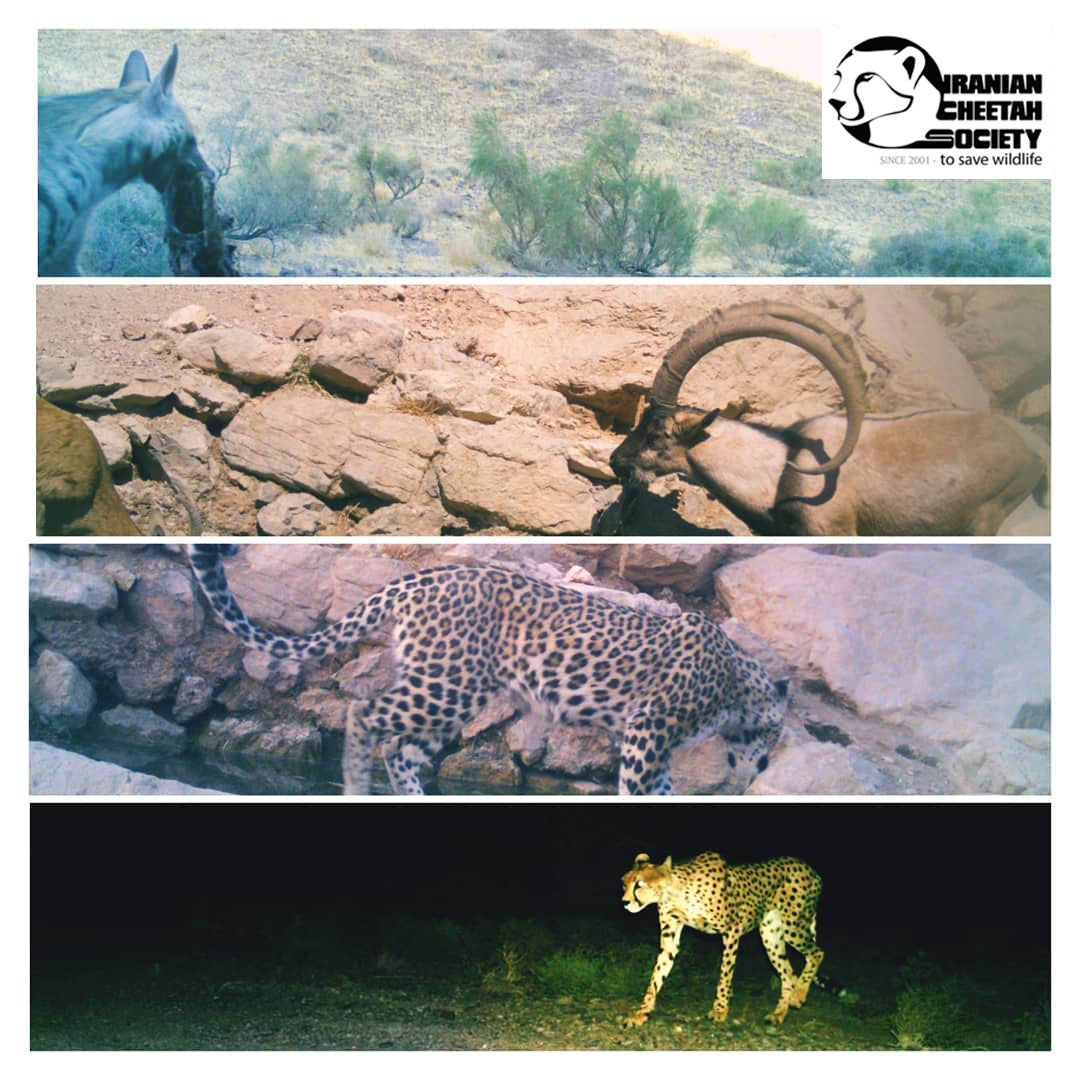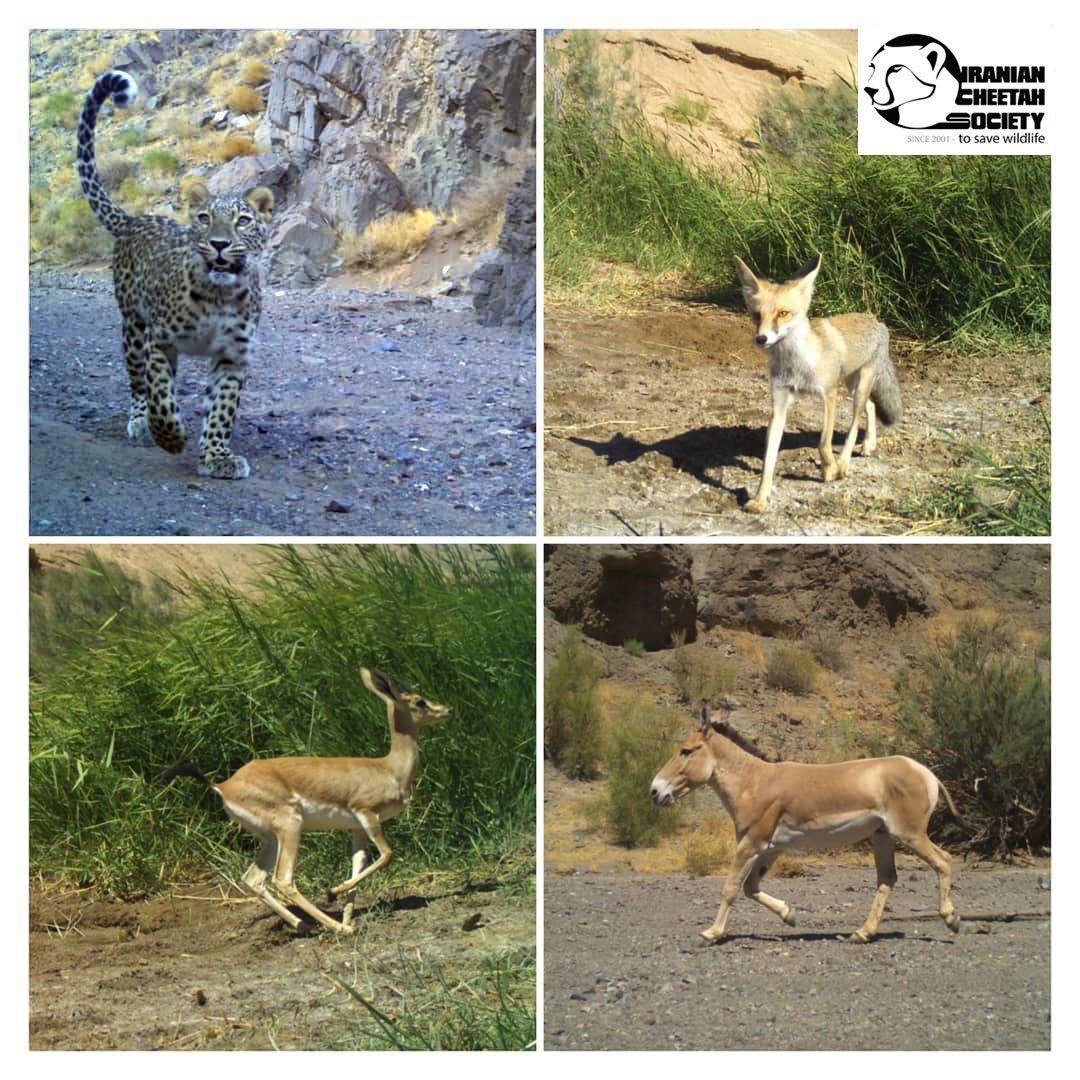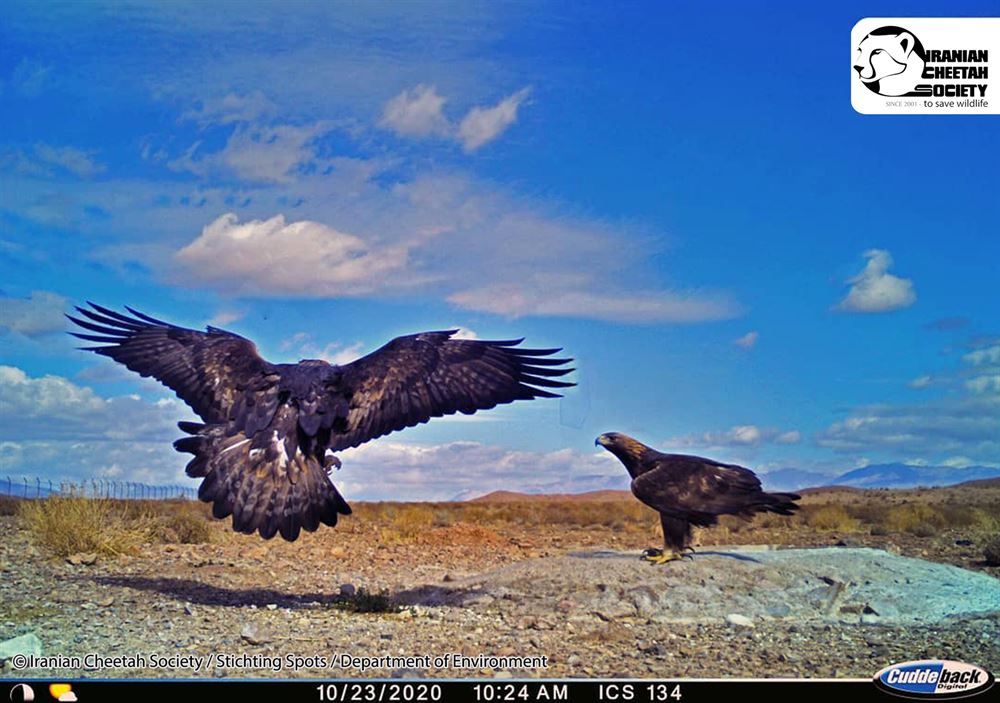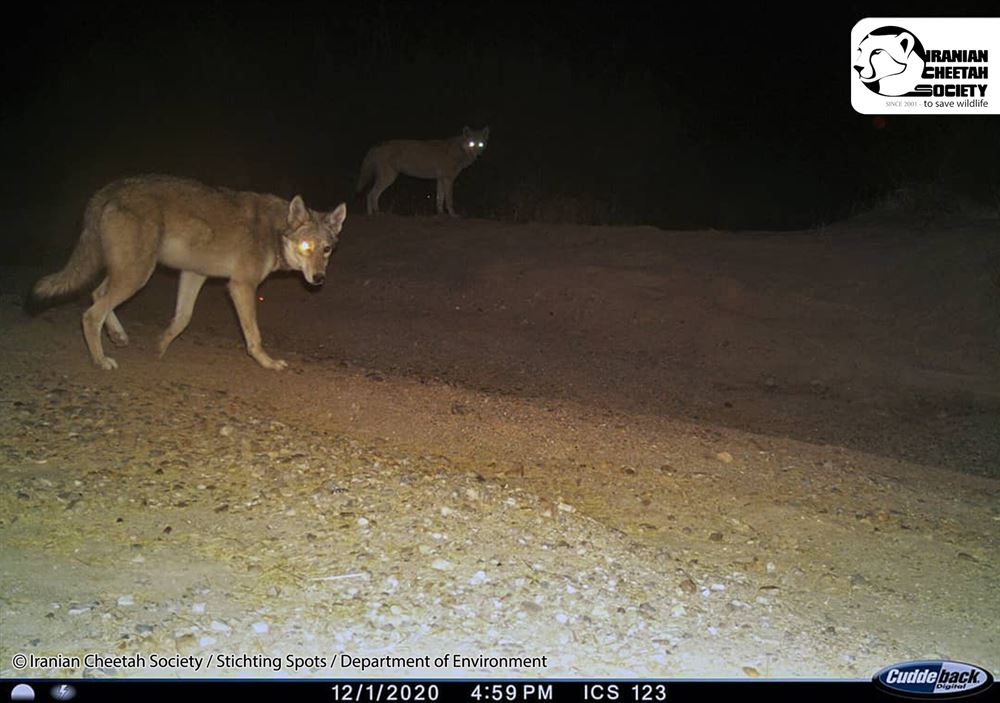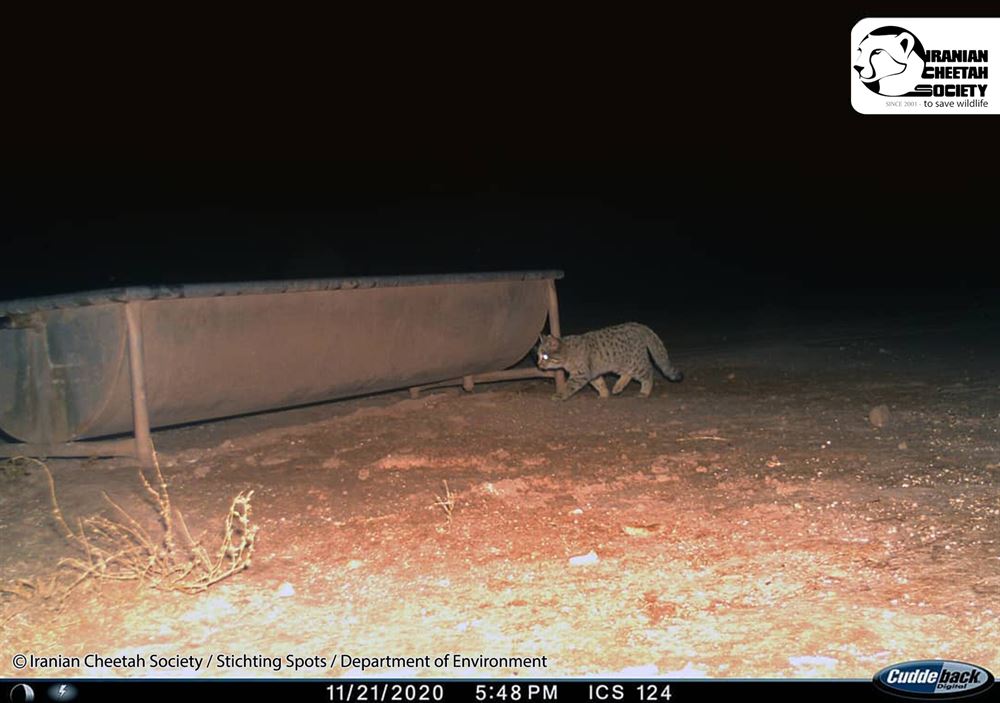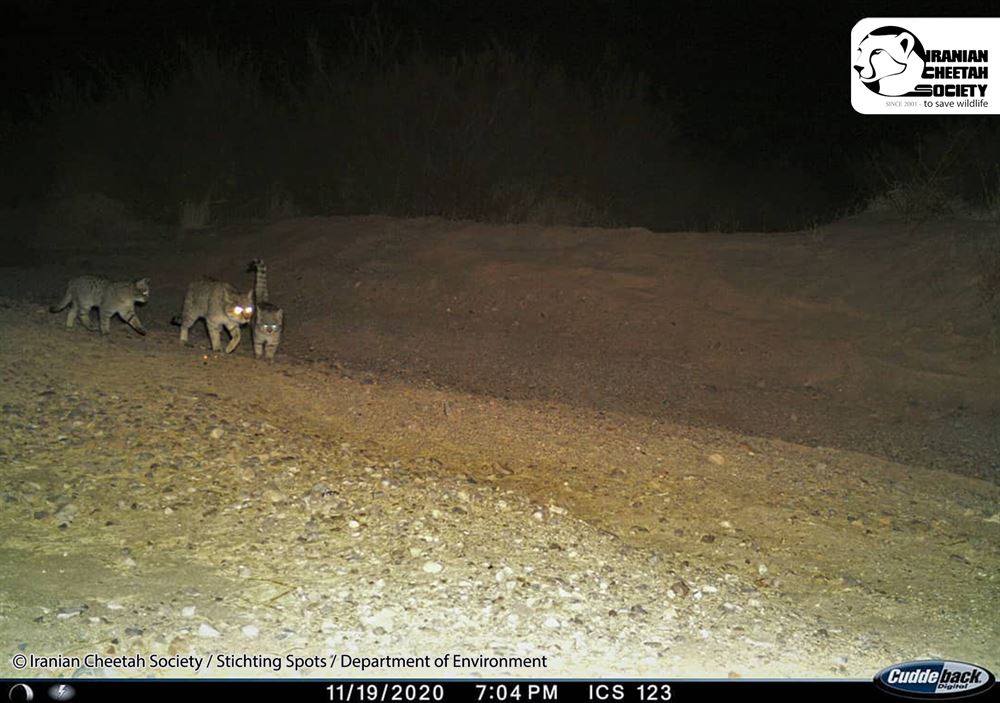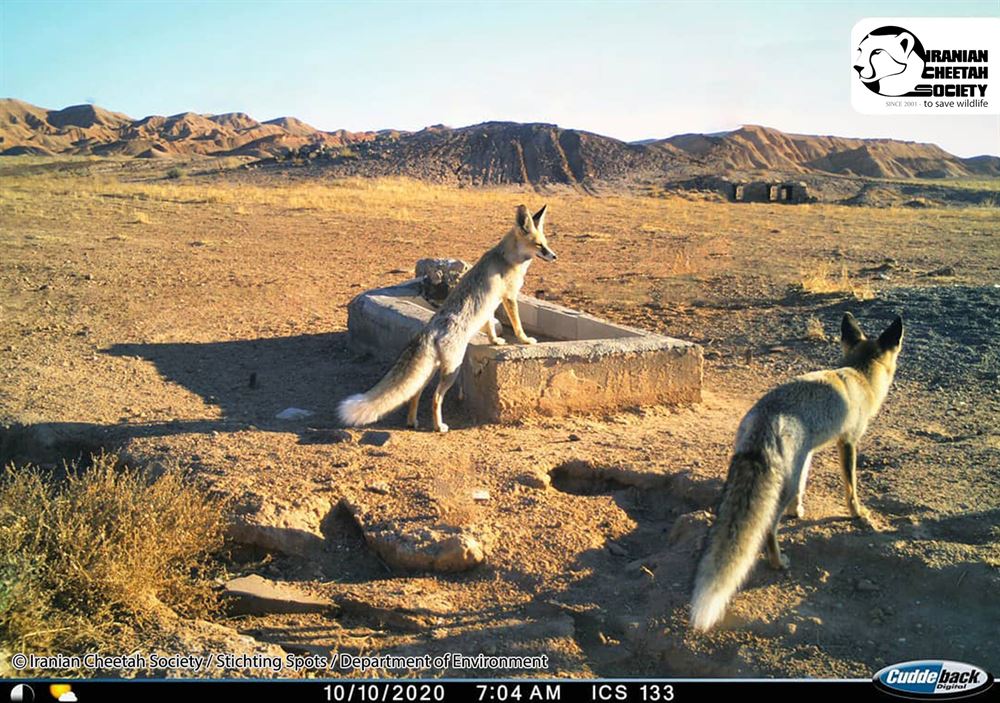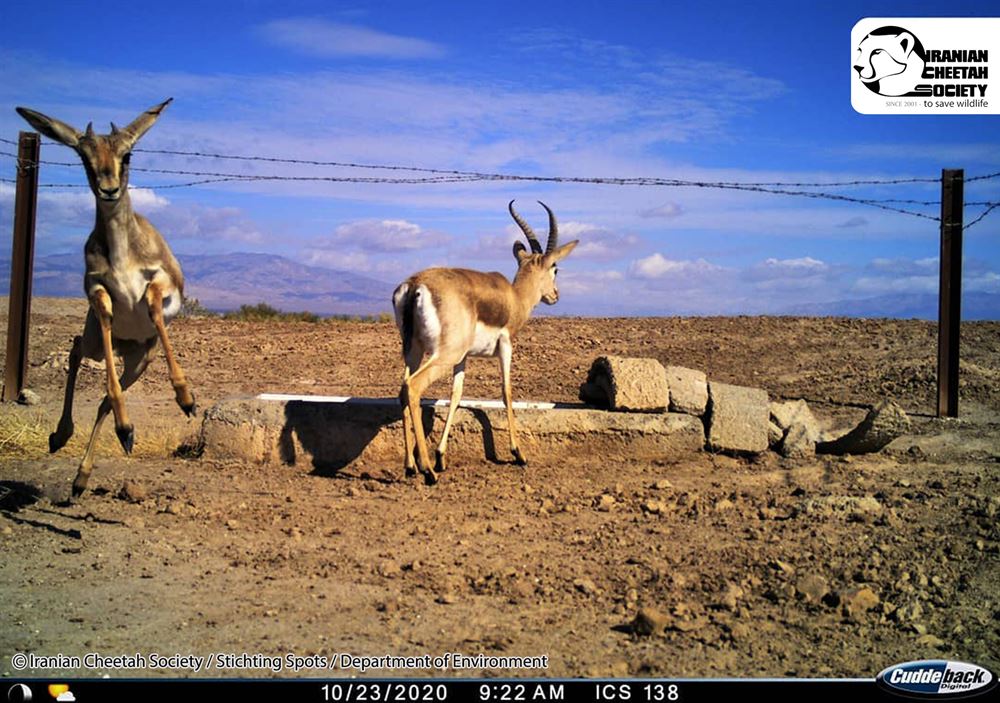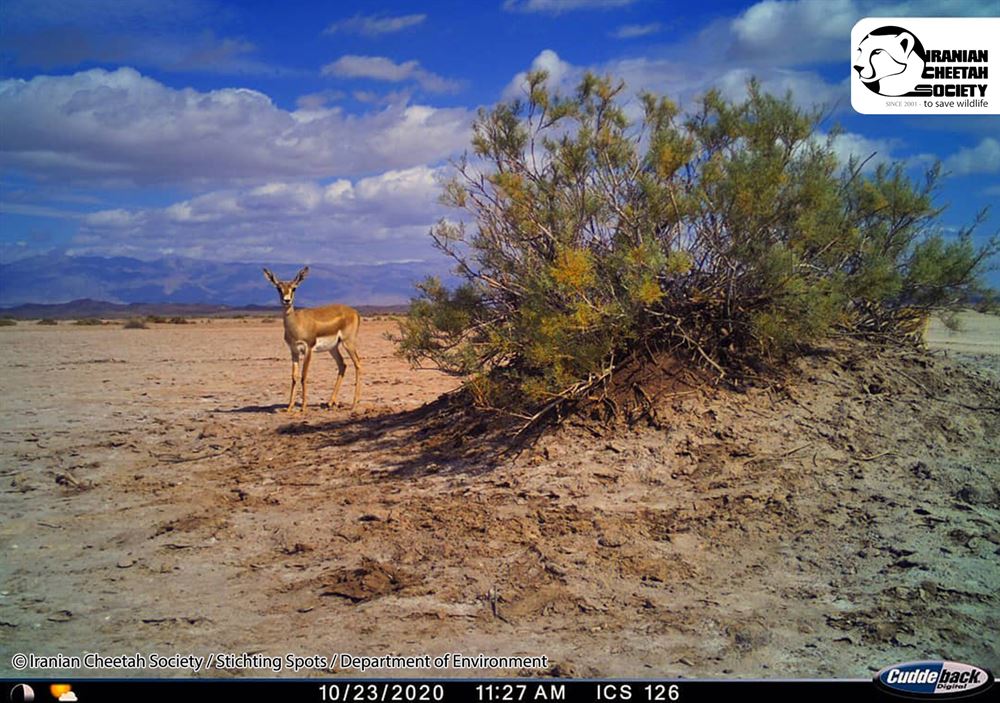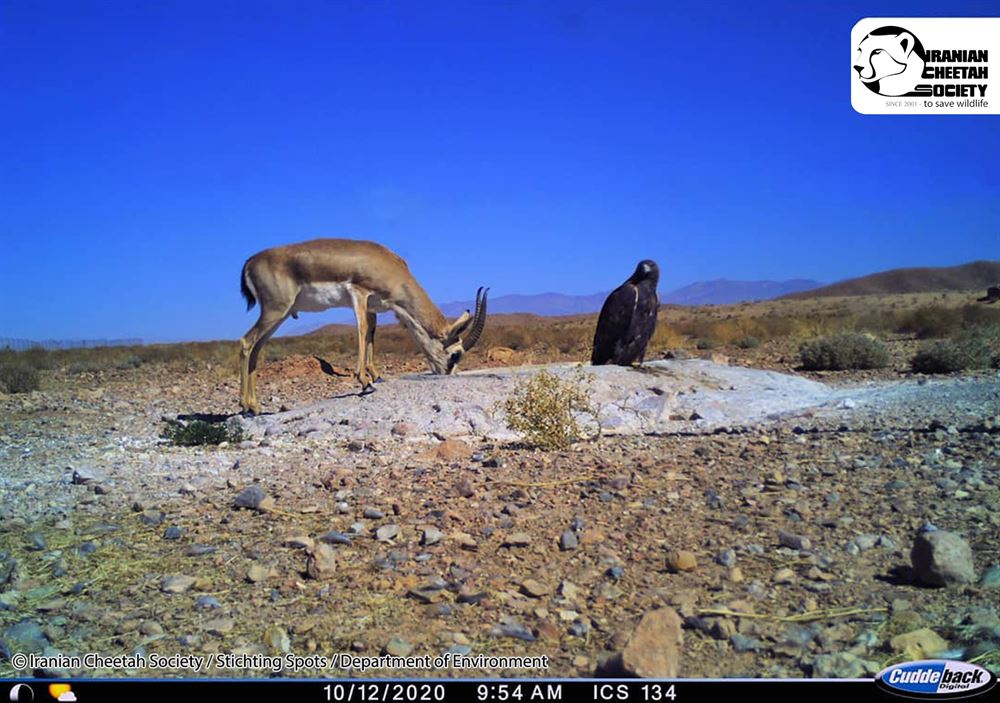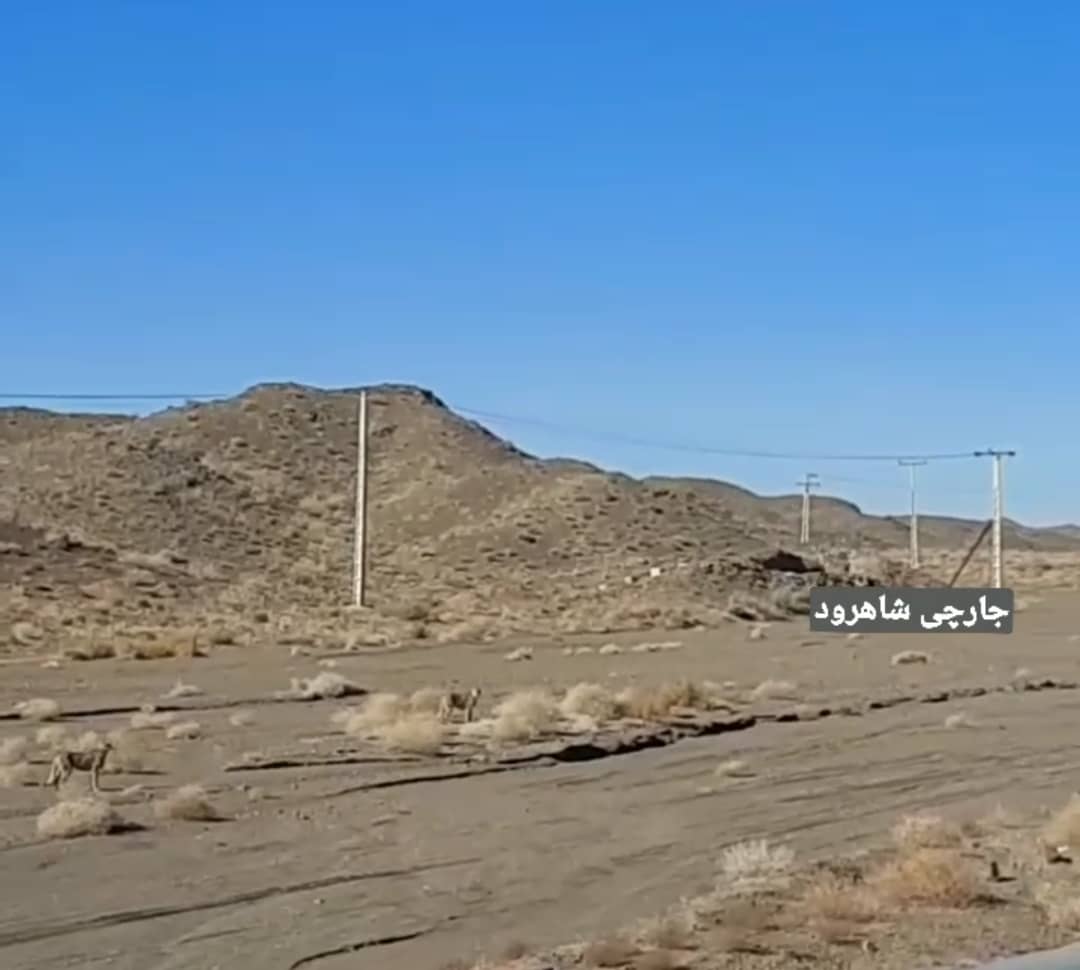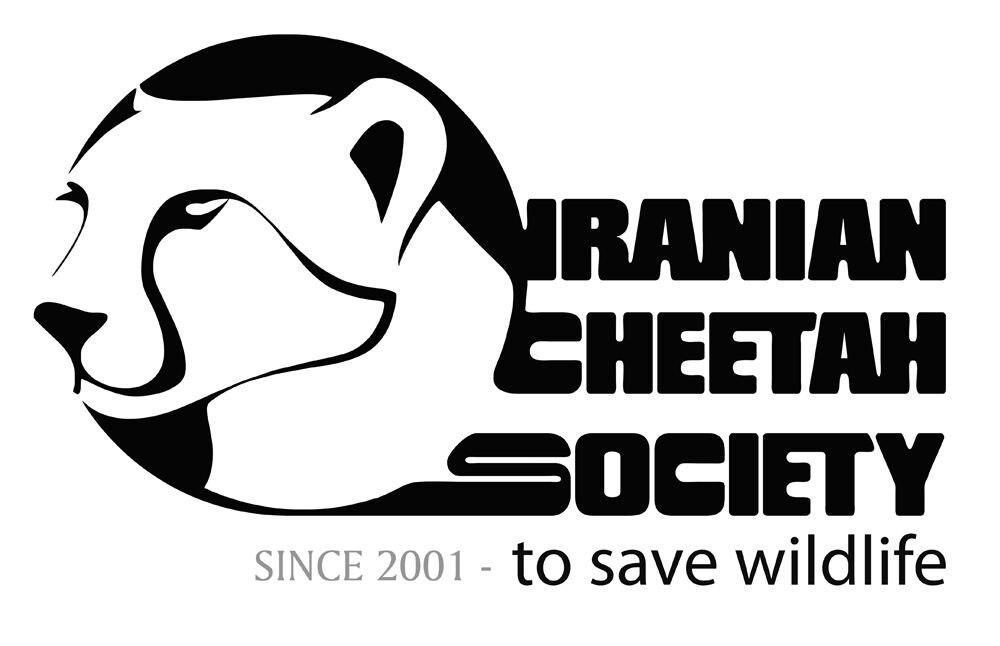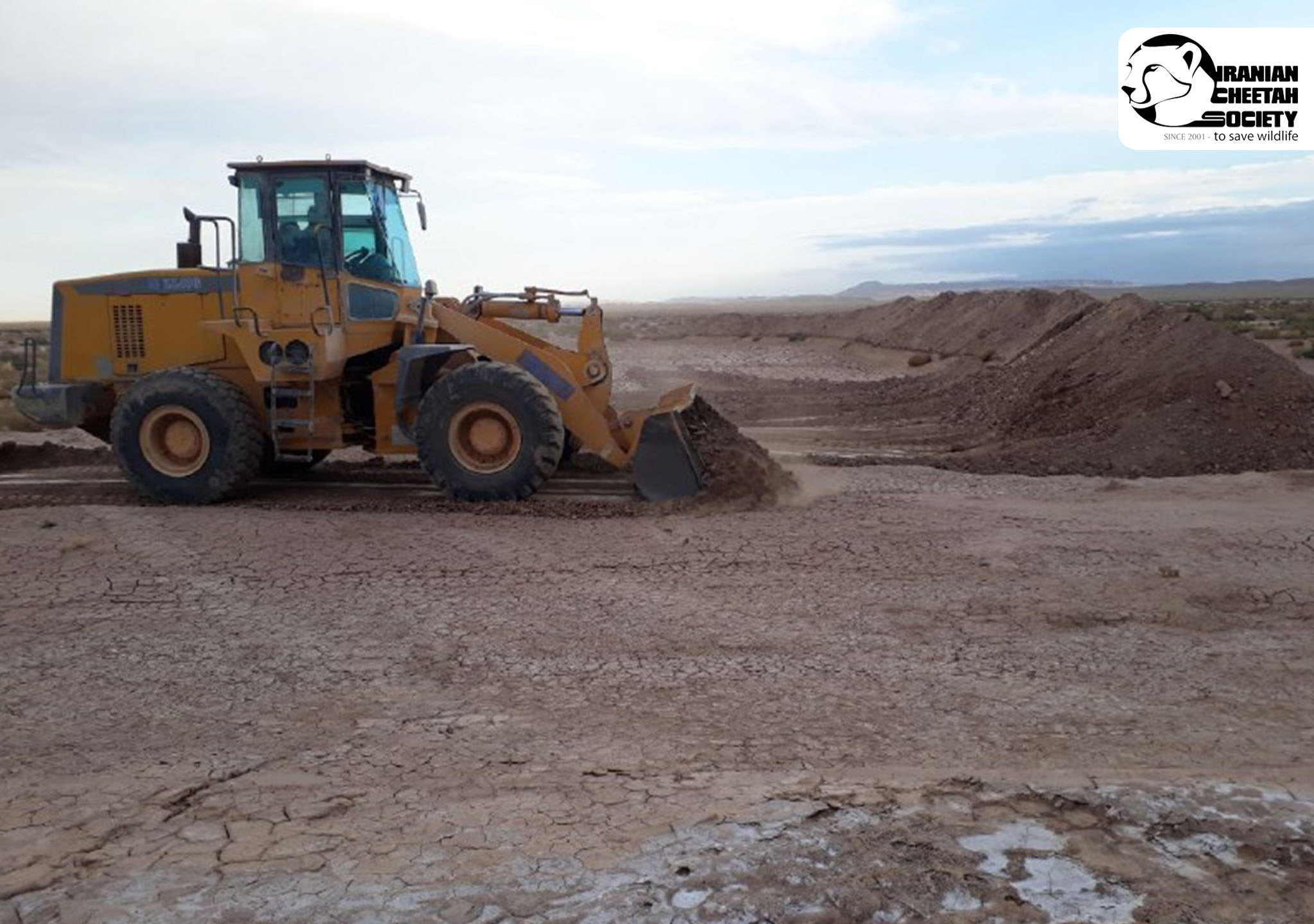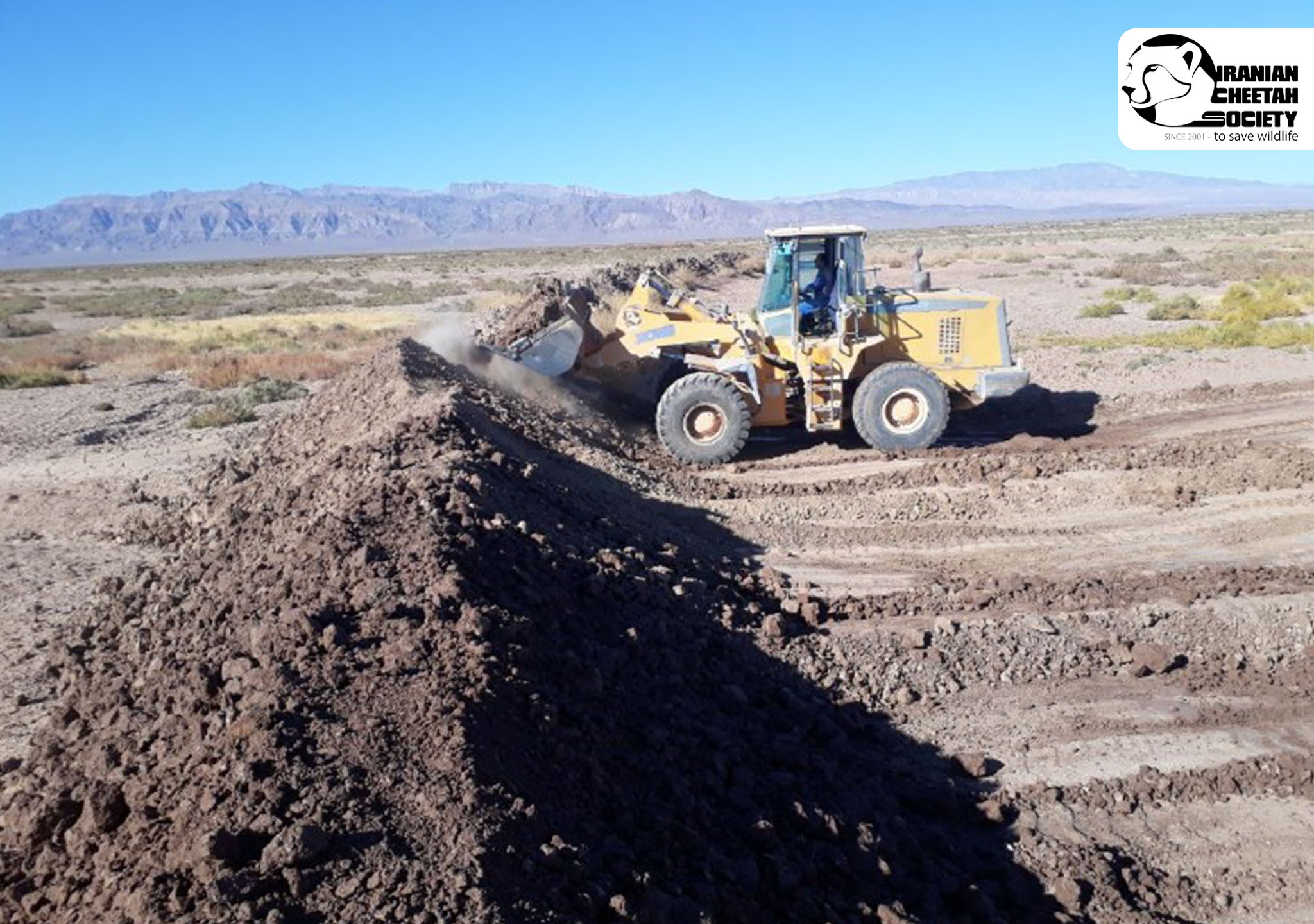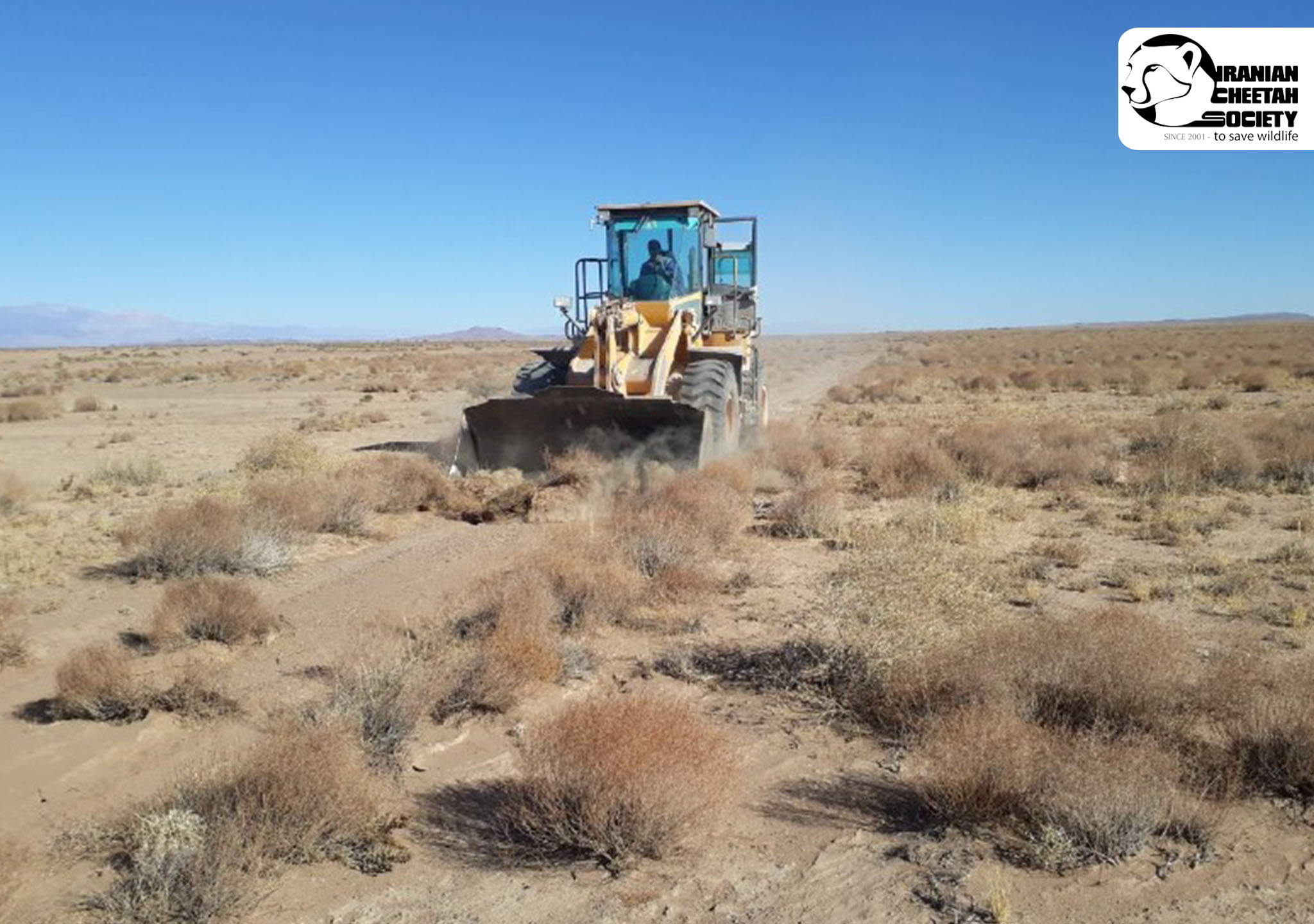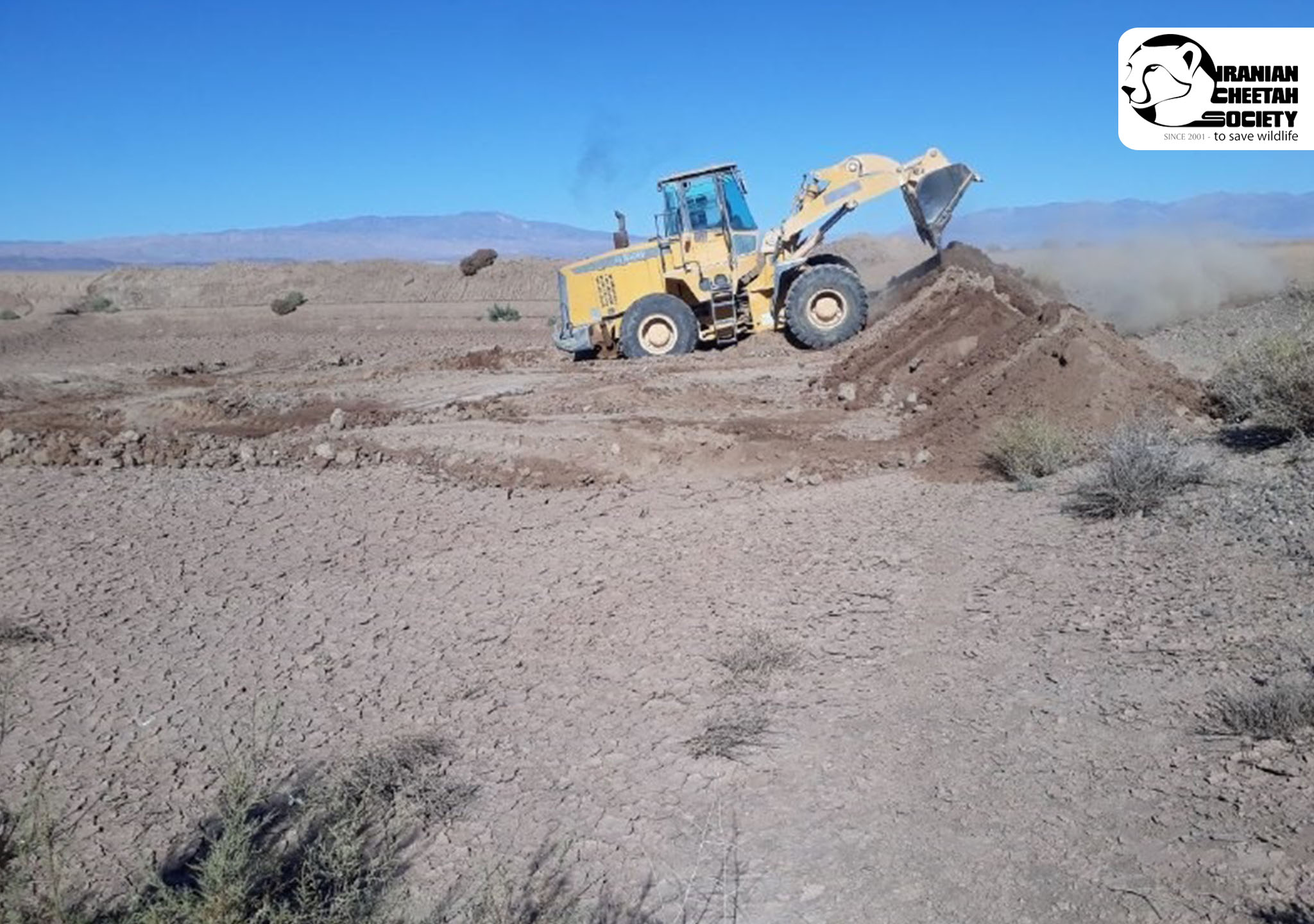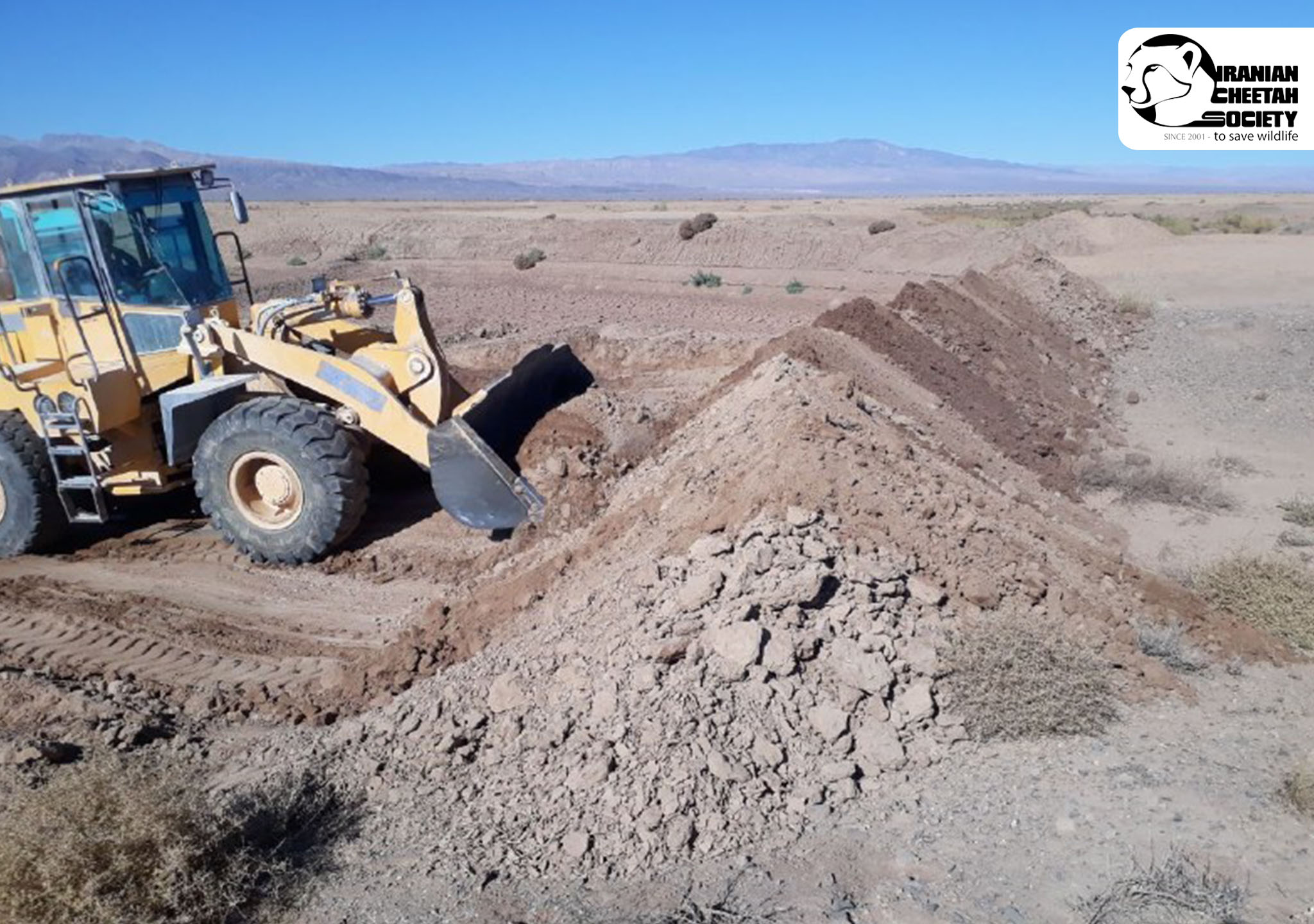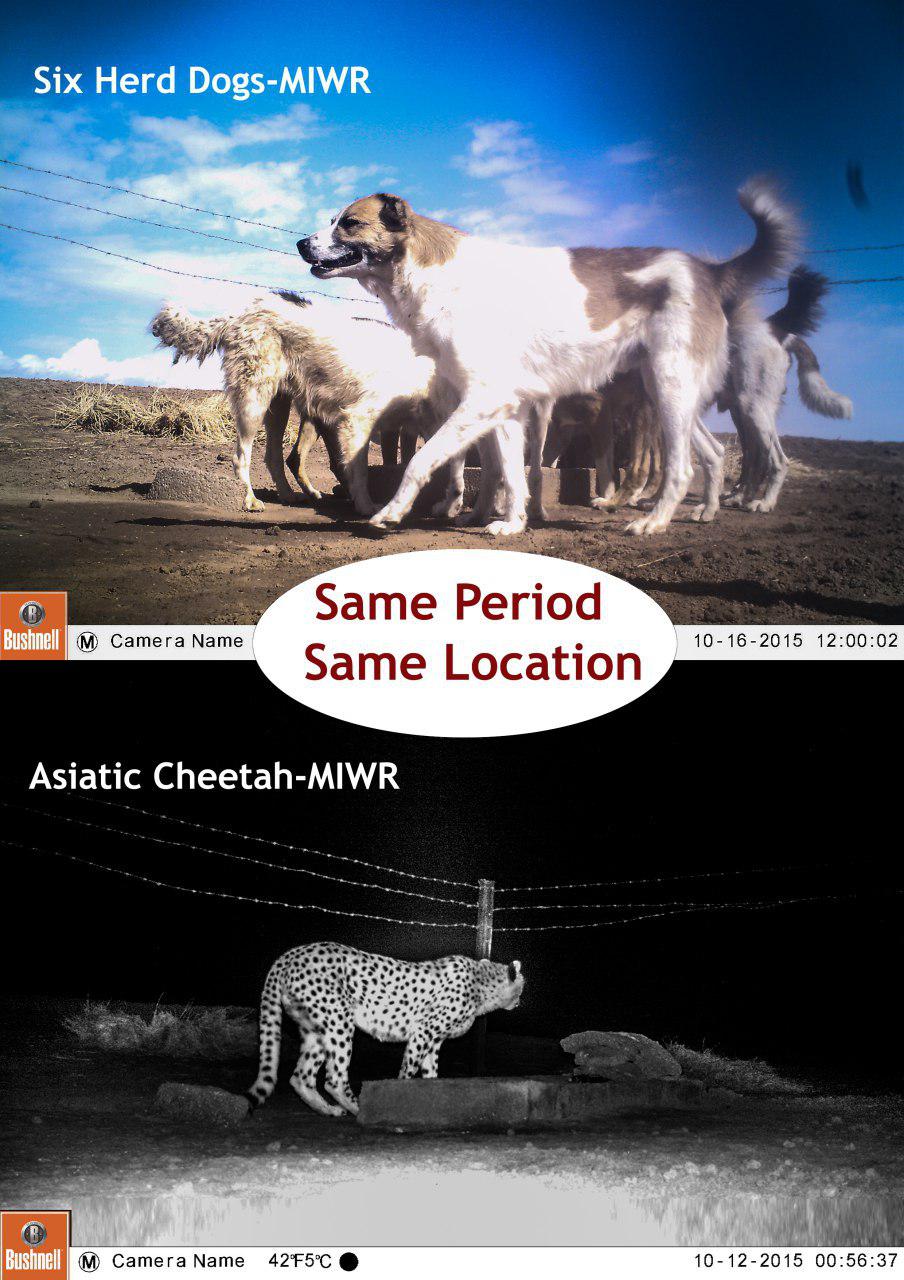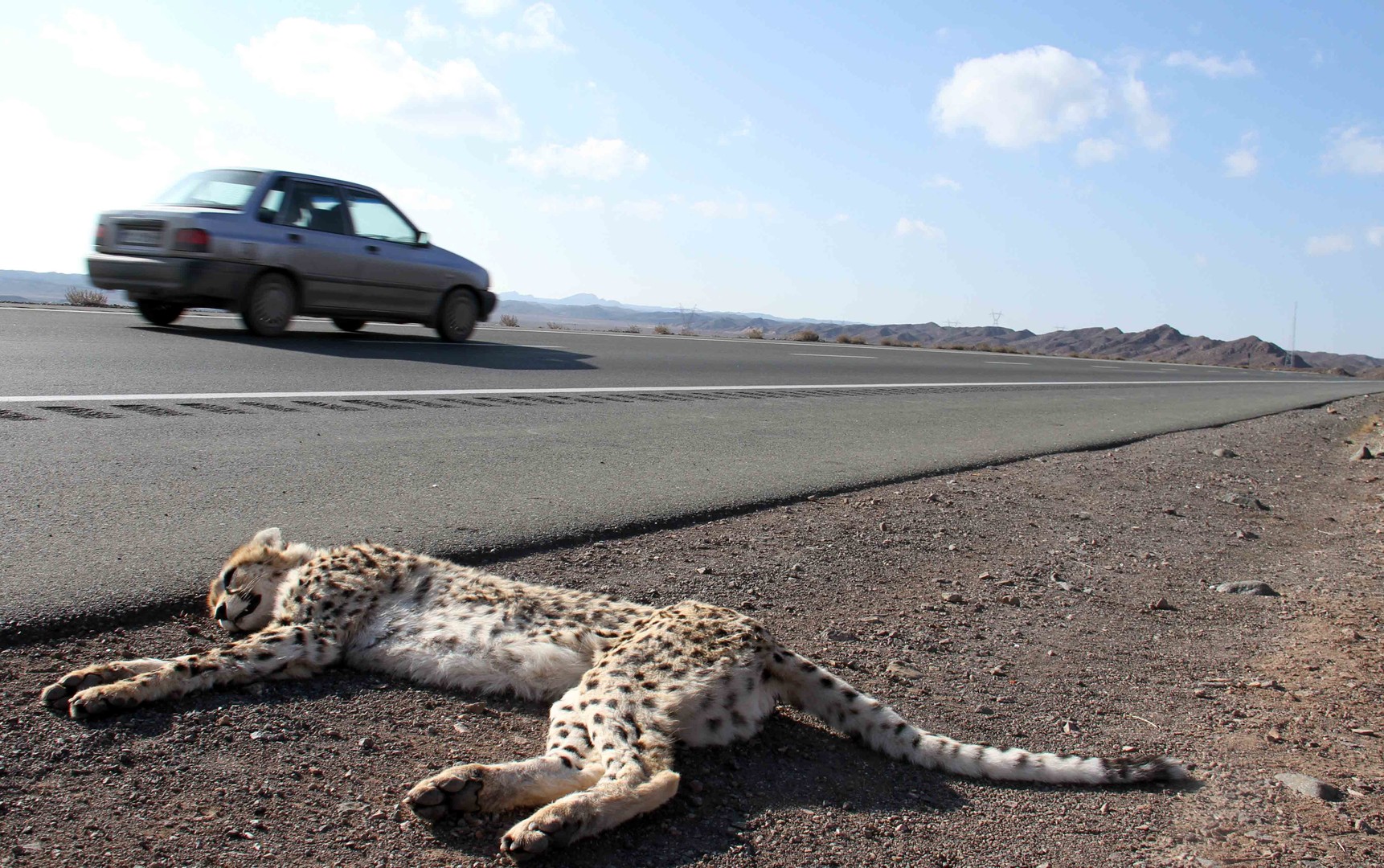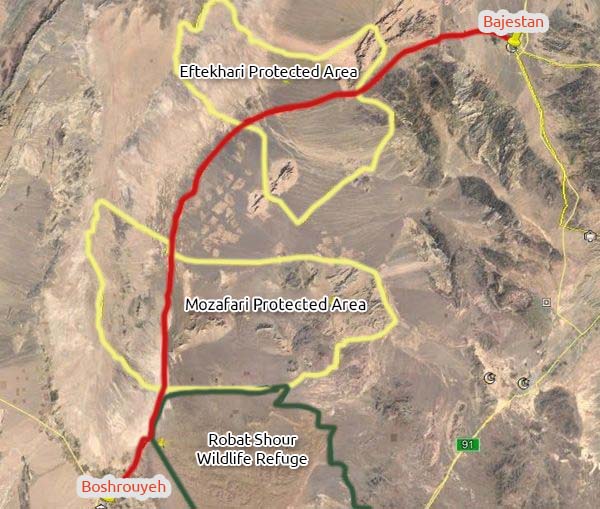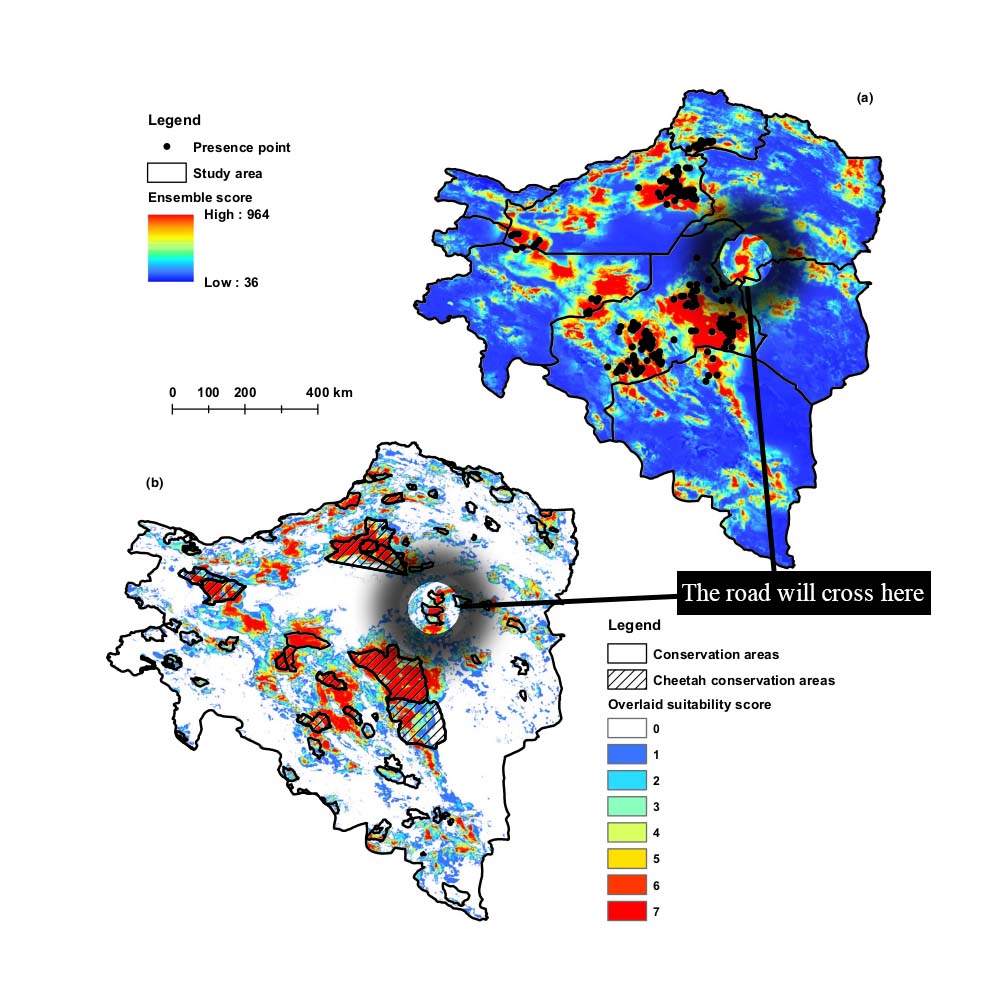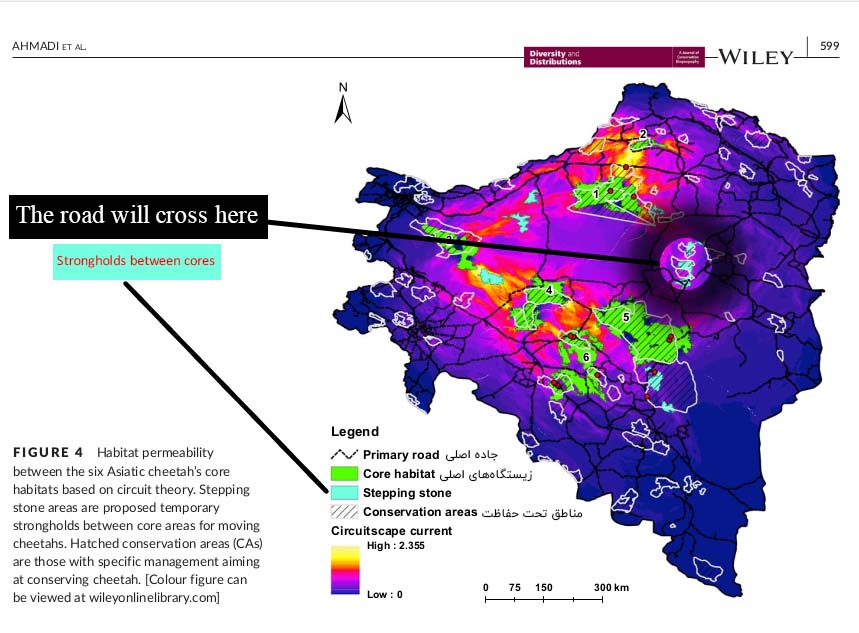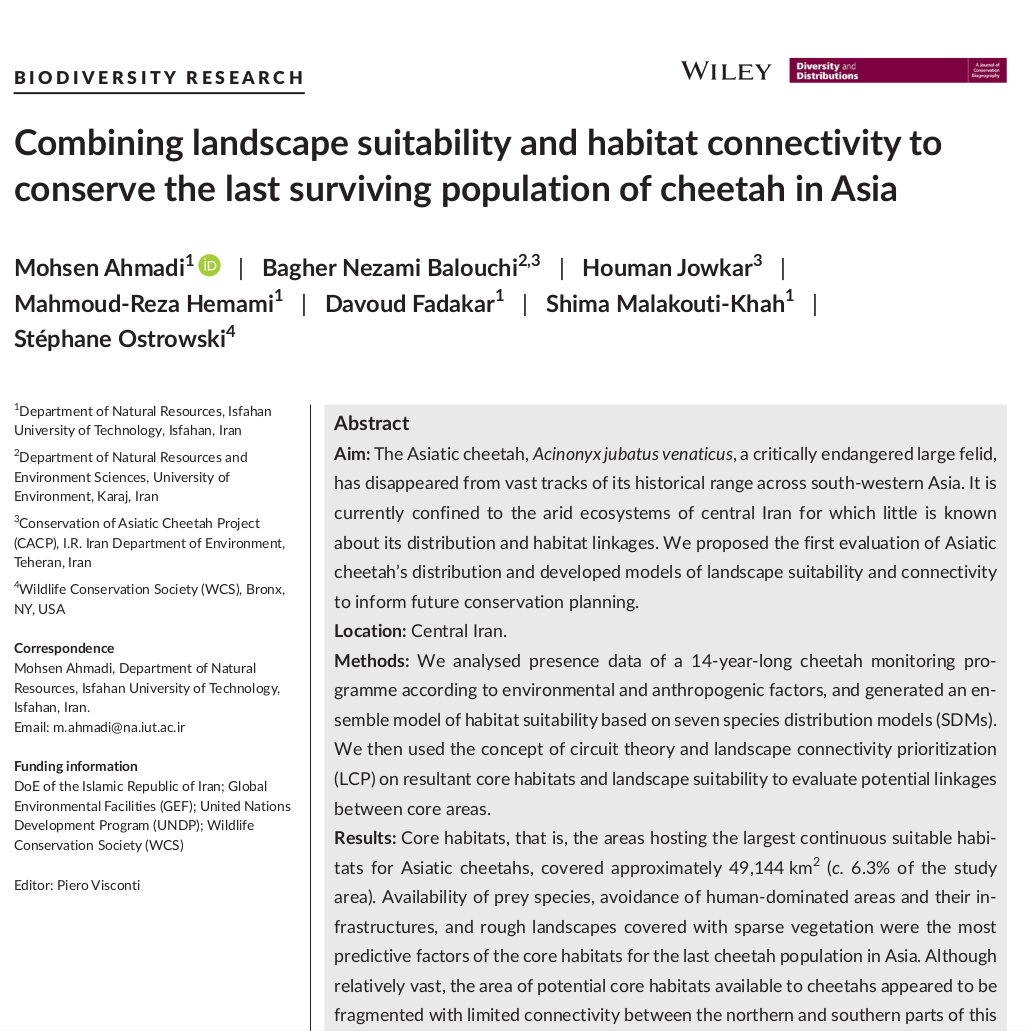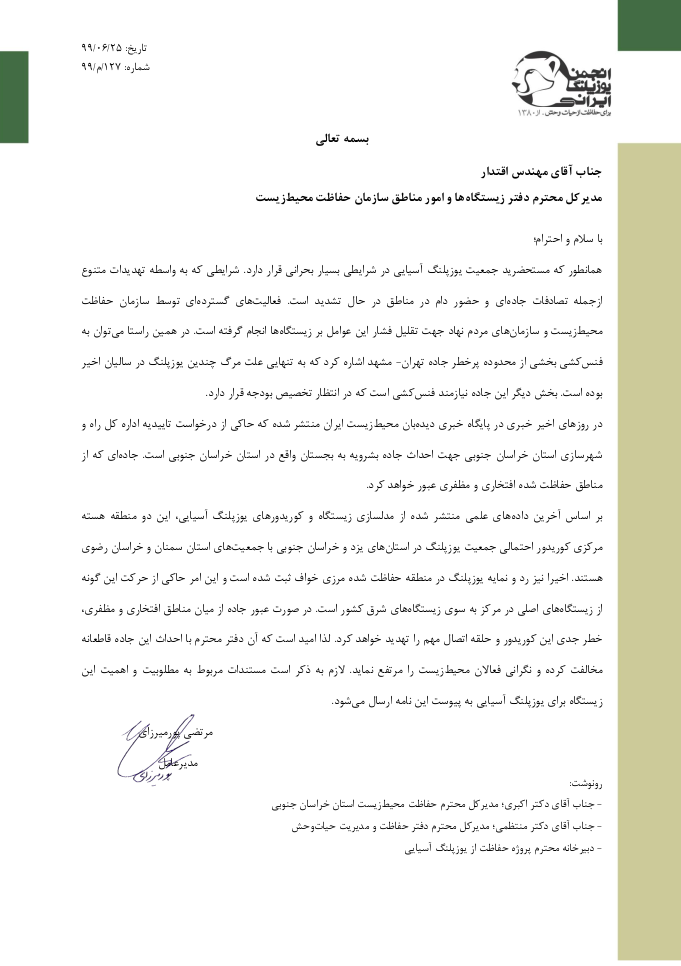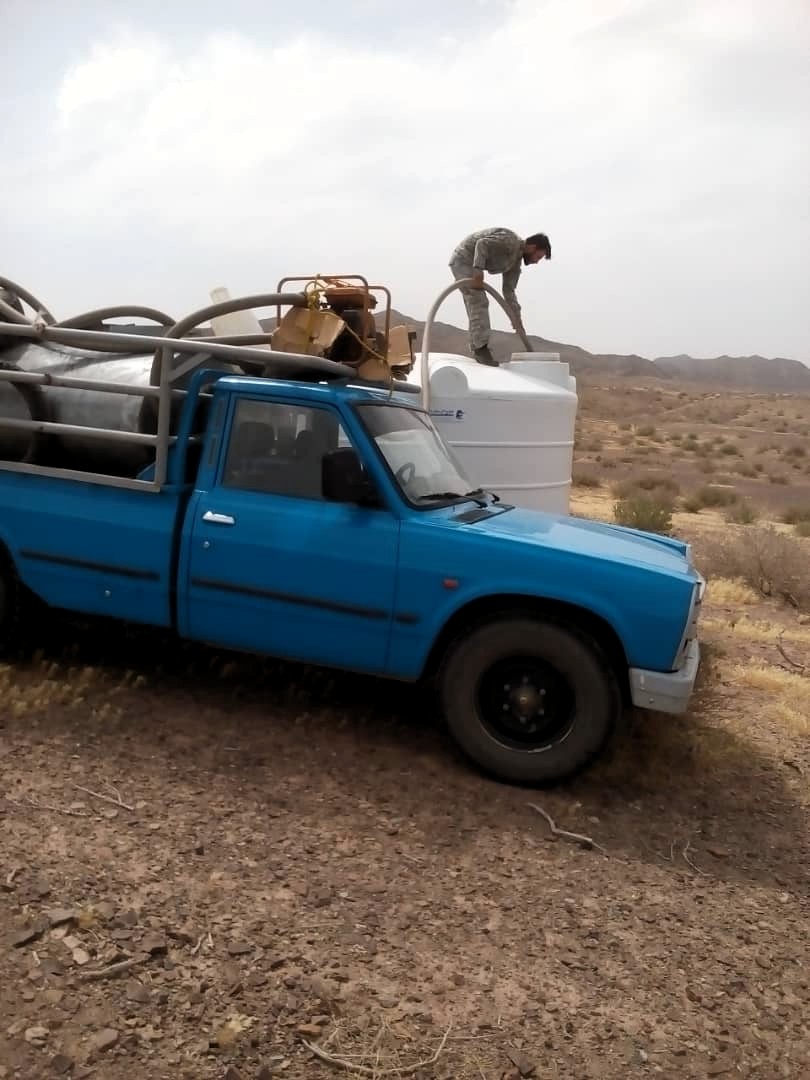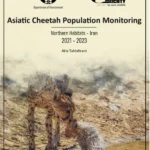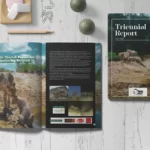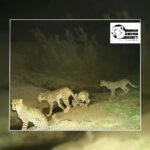Conservation is a complicated field that could differ with different situations and the target species. These complication gets higher when the local people and their interests are involved in a project. One of the biggest enigmas for conservationists is creating a win-win situation. Therefore, they always need to assess the situation and use the previous experiences with an open mind.
Iran is home to the last wild population of Asiatic Cheetahs in the world. Two areas have always been of importance; Miandasht Wildlife Refuge and Touran Biosphere Reserve. Due to ICS investigations, it is clear that grazing rights are an endangerment for cheetahs in these areas. With the help of the Netherlands’ IUCN National Committee, we were looking for an appropriate and efficient solution for reducing the overgrazing pressure of livestock in the cheetah’s habitat. The initial idea was to relocate herders outside the national park to secure critical seasons (i.e., winter and spring) for the cheetah and decreasing livestock overgrazing pressure on the area’s fragile rangelands to provide resources for wild ungulates.
As the project furthered, we found out that the livestock grazing permission prices have doubled up. This made the available budget insufficient. Thus, the negotiations for buying all the available permits didn’t work out at the moment. Hence, the ICS came to an agreement with the DoE of Semnan province so they would pay for the rest of the budget.
The failure in providing the needed budget until 2017, reduction of Rial value, and increasing inflation made the ICS change the project location. After contacting other provinces’ Departments of Environment that host Cheetah and coordinating with the Conservation of Asiatic Cheetah Project (CACP) and the DoE of North Khorasan request, ICS finally relocated this project to this province. Again, the process of buying the grazing permits in the Miandasht Wildlife Reserve started, but because of the government budget allocation, the prices raised again, and once more, the project came to a stop.
In 2018 and after management changes in Semnan province, ICS reconsidered the Touran National Park for the project again. Finally, the negotiations with one of the stock owners were going according to the plans, and even the budget was enough this time. Still, unfortunately, because of the official technicalities, the project remained unfinished.
In 2020 the ICS and DoE both separately started corresponding with the Department of Forests and Rangelands and the Iranian parliament to discuss law enforcement’s absence, which never happened because of the Covid-19 pandemic.
Meanwhile, the ICS tried to maintain the agreement with the stock owner. Due to the one-year pause between the agreement, the price of grazing permits doubled again; we feared we would not be able to finalize the deal.
But we succeeded! We finalized our agreement with one of the most important permission owners in Touran Biosphere Reserve. With the revocation of the exploitation permit in the northern edge of Touran National Park, an area of 5,600 hectares will be permanently empty of livestock. This permit has covered 498 livestock.
Although this project was postponed due to unforeseen events, it brought us the same amount of lessons learned and ultimately ended in an impressive end.” We would like to thank Netherlands’ IUCN National Committee Land Acquisition Program for their commitment to make this a success. Because of our joint efforts, an important area has been secured for the next generation of Asiatic Cheetah in one of the key reserves.
